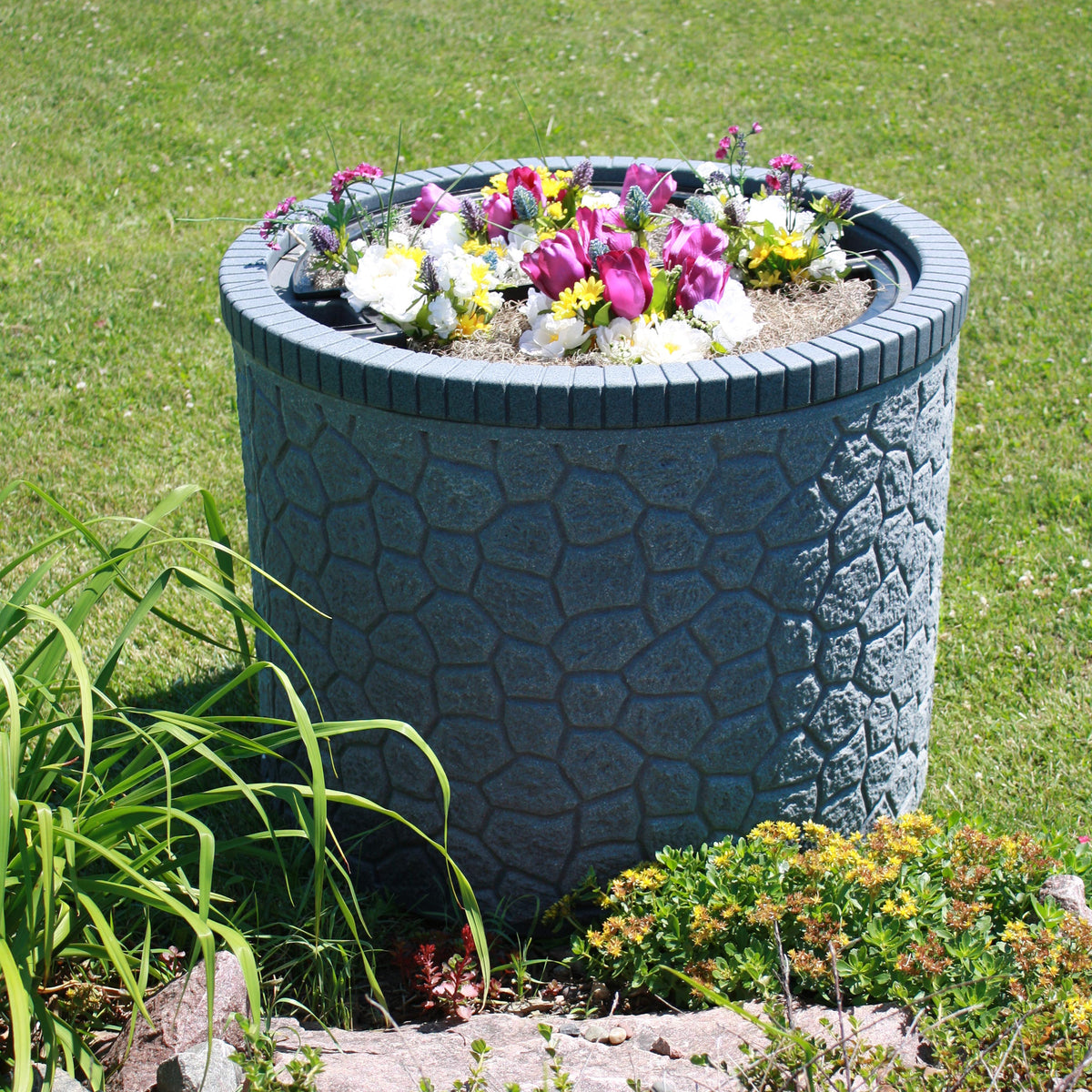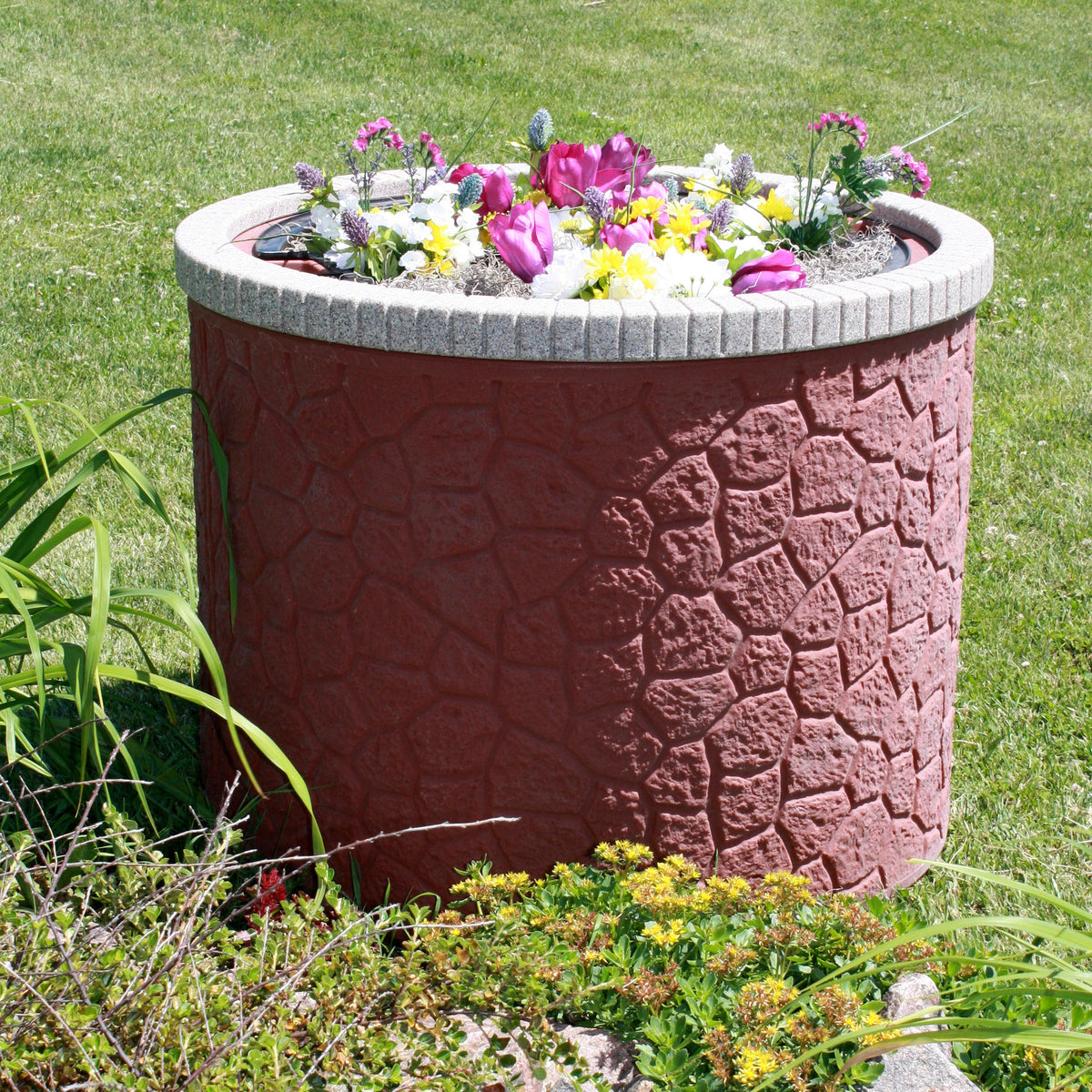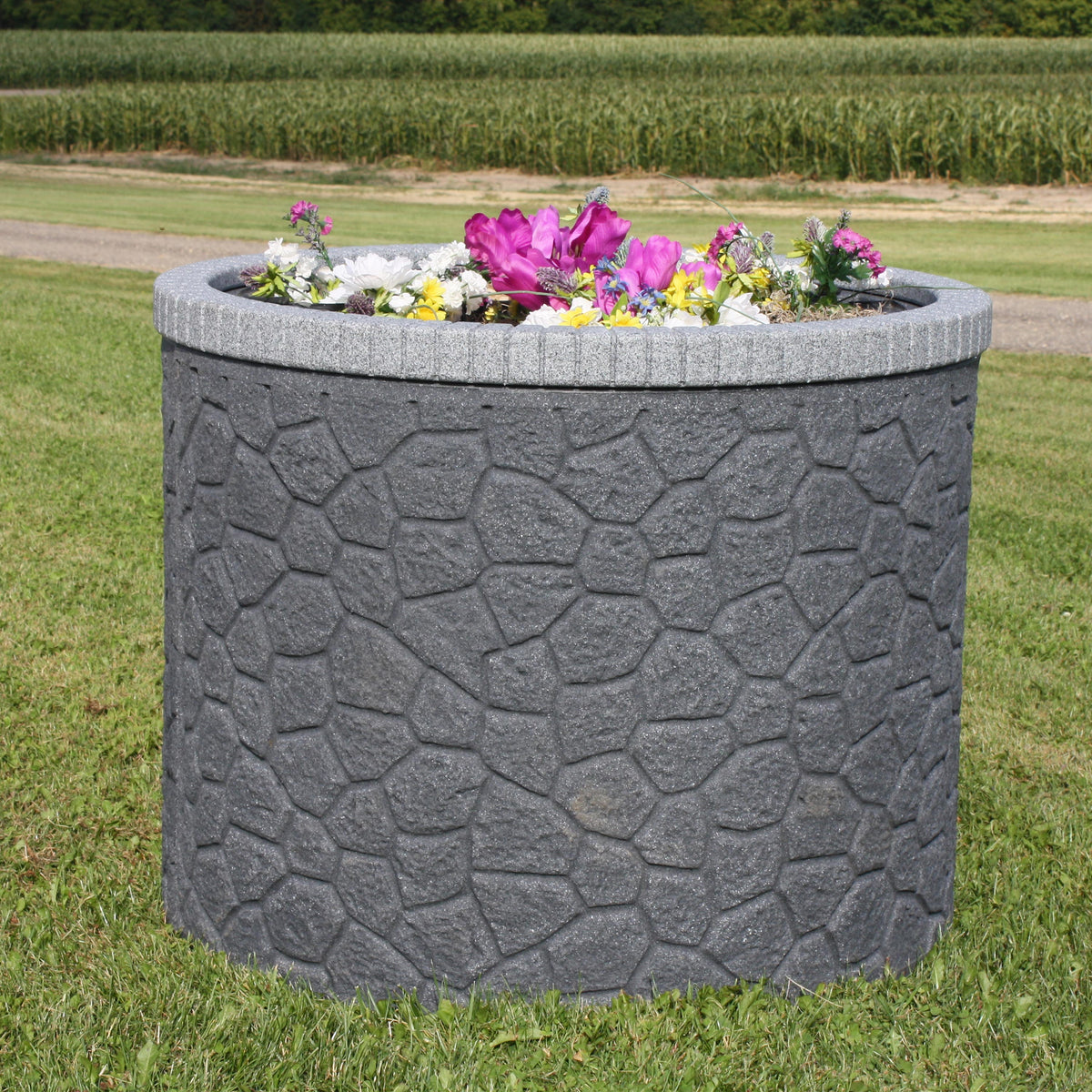Welcome to our all-encompassing guide on decorative covers for septic tanks! As a homeowner, you may have dealt with the awkward reality of having a septic tank in your yard. While essential for your plumbing, these tanks can disrupt the aesthetic appeal of your landscape. That’s where decorative covers come into play! Through my own experience, I’ve discovered how these covers can transform a functional necessity into a visually appealing garden feature.
What Are Decorative Covers for Septic Tanks?
Decorative covers for septic tanks are designed to conceal the tank while enhancing the overall look of your yard. They can be made from various materials, including concrete, plastic, wood, and metal. These covers not only provide a layer of safety and security but also add a touch of personality to your outdoor space.
Why Choose Decorative Covers for Septic Tanks?
Many homeowners are unaware of the benefits that decorative septic tank covers offer. Let’s break down some of the key advantages:
1. Aesthetic Appeal
With a well-chosen decorative cover, your septic tank can blend seamlessly with the rest of your landscape. This creates a unified look that can enhance the overall beauty of your property.
2. Safety and Security
These covers can prevent accidental falls into the tank, making them a safer option, especially for families with children or pets.

3. Durability
Most decorative covers are built to withstand harsh weather, ensuring longevity and reducing the need for frequent replacements.
4. Increased Property Value
A well-maintained and aesthetically pleasing yard can significantly boost your property’s value. Decorative covers can be a part of that equation.

Types of Decorative Covers for Septic Tanks
There are numerous styles and materials available for decorative septic tank covers. Below, we’ll explore some popular options.

1. Stone and Rock Covers
| Pros | Cons |
|---|---|
| Natural look, blends well with landscaping | Can be heavy and difficult to move |
| Durable and weather-resistant | May require professional installation |
2. Wooden Enclosures
| Pros | Cons |
|---|---|
| Customizable with paint or stain | May rot over time if not treated |
| Lightweight and easy to install | Requires regular maintenance |

3. Decorative Plastic Covers
| Pros | Cons |
|---|---|
| Lightweight and easy to install | Can become brittle in extreme temperatures |
| Available in various designs and colors | Less durable compared to metal or stone |
4. Metal Covers
| Pros | Cons |
|---|---|
| Highly durable and weather-resistant | Can rust over time if not coated |
| Can be made to look like other materials | Can be heavy and may require specific installation |

How to Choose the Right Decorative Cover for Your Septic Tank
Choosing the right cover depends on various factors, including:

1. Aesthetic Preferences
Consider the overall style of your home and yard. A rustic wooden cover might suit a countryside home, while a sleek metal one could be perfect for modern architecture.
2. Budget
Always consider your budget before making a decision. Prices can vary significantly depending on materials and designs.

3. Climate Considerations
Your local climate plays a crucial role in determining the materials you should choose. If you live in an area with extreme weather conditions, choose more durable options.
4. Local Regulations
Always check with your local building codes to ensure that your decorative cover complies with regulations.
Installation Tips for Decorative Covers
Once you’ve selected a decorative cover, the next step is installation. Here are some tips based on my experience:
1. Preparation
Before installation, clear the area of any debris and ensure the ground is level. This step is crucial for wooden and stone covers.
2. Seek Professional Help
If you’re unsure about the installation process, consider hiring a professional. While some covers are easy to install, others may require special tools or techniques.
3. Regular Maintenance
Regardless of the material, regular maintenance is key to extending the life of your cover. This could include checking for rot in wooden covers or rusting in metal ones.
Comparing the Costs of Decorative Covers
Cost Range for Different Materials
| Material Type | Cost Range (USD) |
|---|---|
| Stone/Rock Covers | $300 – $700 |
| Wooden Enclosures | $150 – $400 |
| Decorative Plastic Covers | $50 – $150 |
| Metal Covers | $200 – $600 |
Pros and Cons of Decorative Covers for Septic Tanks
Pros
- Enhances the beauty of your yard
- Provides safety and security
- Durable and long-lasting options available
- Increases property value
Cons
- Initial costs can be high depending on material
- Some materials require regular maintenance
- Installation may require professional help
FAQs About Decorative Covers for Septic Tanks
1. Do Decorative Covers Affect Septic Tank Functionality?
No, decorative covers do not interfere with the functionality of your septic tank as long as they are installed properly. Always ensure that access points remain unobstructed for maintenance.
2. Can I Make My Own Decorative Cover?
Yes! If you enjoy DIY projects, you can create your own decorative cover using materials like wood or rocks. Just ensure that it is safe and accessible for maintenance.
3. How Do I Clean My Decorative Cover?
Cleaning methods depend on the material. Generally, mild soap and water will work, but check the manufacturer’s recommendations for specific guidelines.
4. Are There Regulations for Covers?
Yes, regulations vary by location. Always check with your local authorities before installing a cover to ensure compliance with local laws.
5. How Long Do Decorative Covers Last?
The lifespan of a decorative cover depends on the material used. Metal and stone covers can last decades, while wooden covers generally need replacement every 5-10 years due to weathering.
Conclusion
Decorative covers for septic tanks can vastly improve the look of your yard while ensuring safety and functionality. With various materials and styles available, there’s something for every preference and budget. Remember to consider your local climate and regulations when choosing a cover. After all, a little aesthetics can go a long way in enhancing your home’s outdoor appeal!